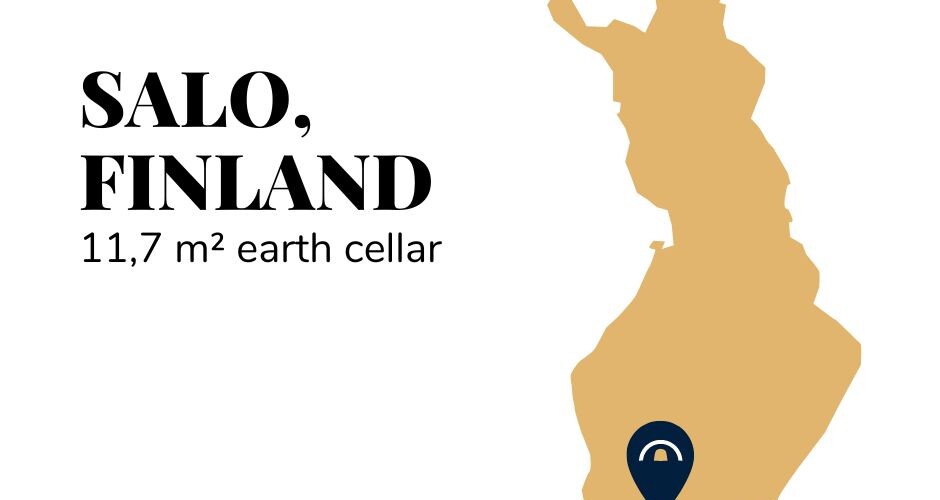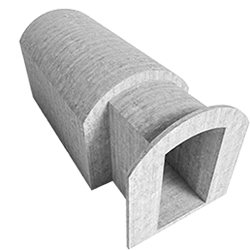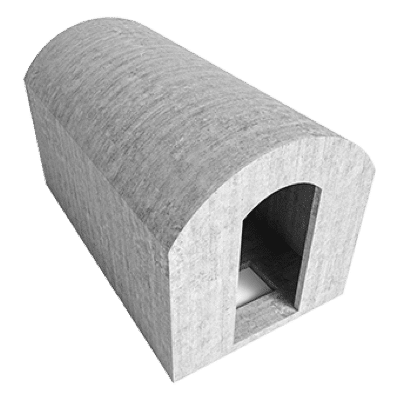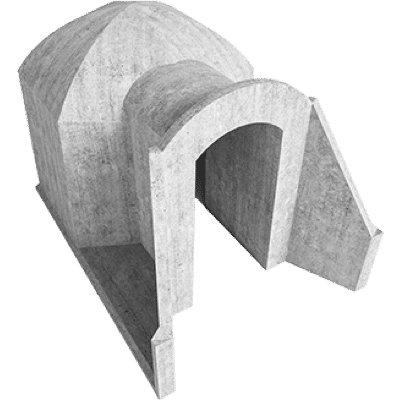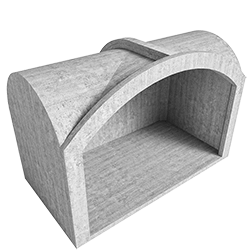If in the previous blog post we gave tips and advice on how to regulate the storage conditions of a cellar, we will now also show a practical example of this.
There is an outstanding 11.7m² Revonia root and wine cellar in Finland, in the city of Salo, with which we carried out measurements over the course of 2022. This cellar has an entrance from the end, it is installed under a ~1m of soil and has an entrance that is decorated with earth stones and also a wooden canopy has been added. In the cellar, one side is reserved for storing roots and the other side is reserved for wines and other finer drinks. There are also two floor grates in the cellar, which let just the right amount of moisture and heat energy from the ground into the cellar.
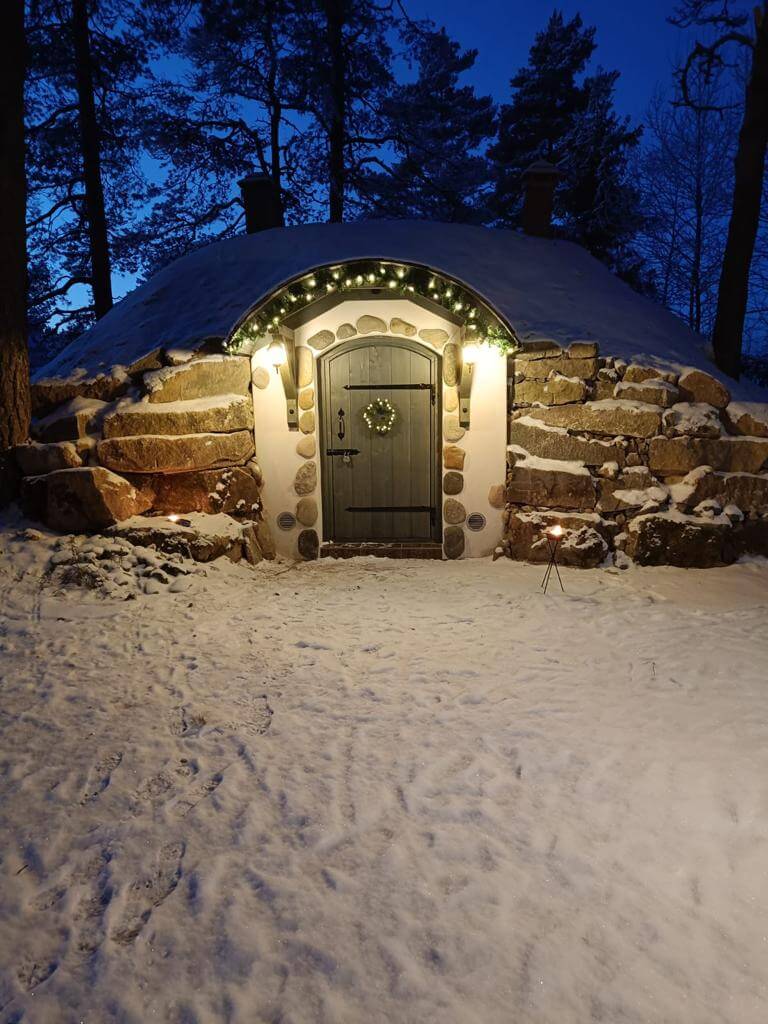
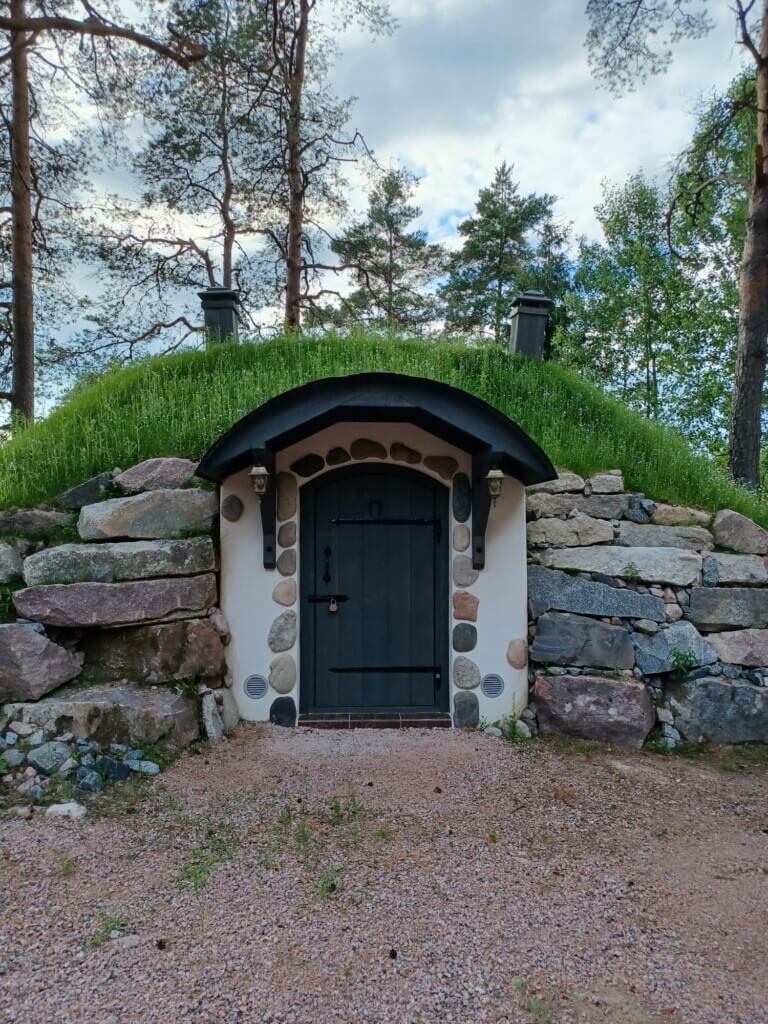
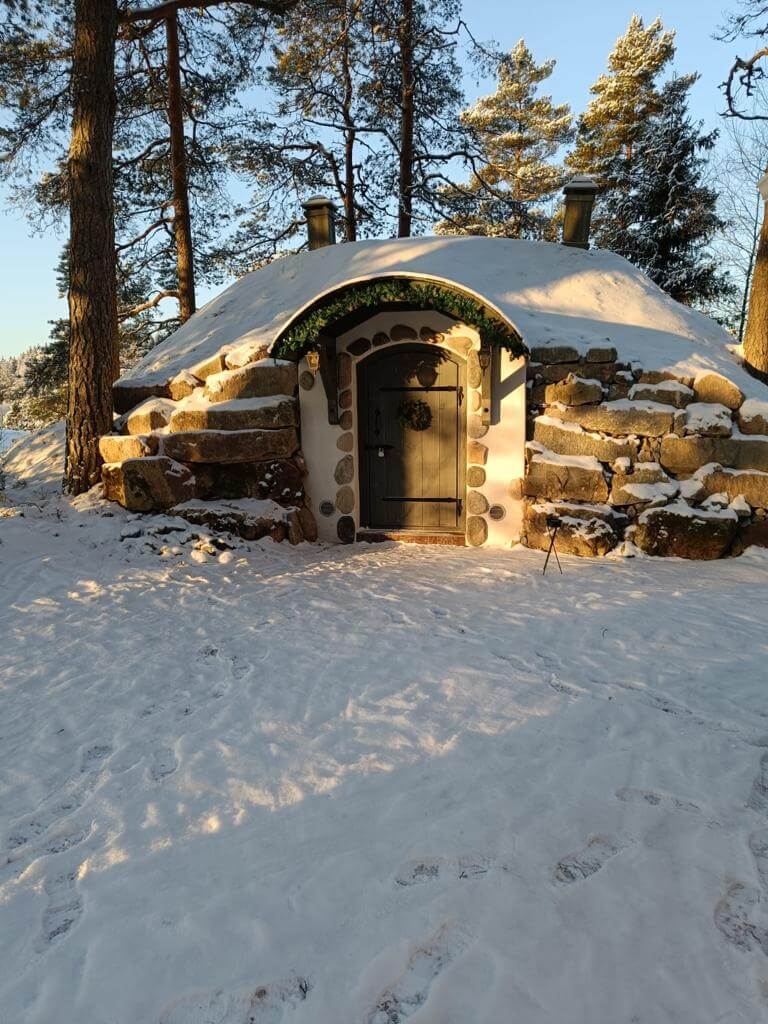
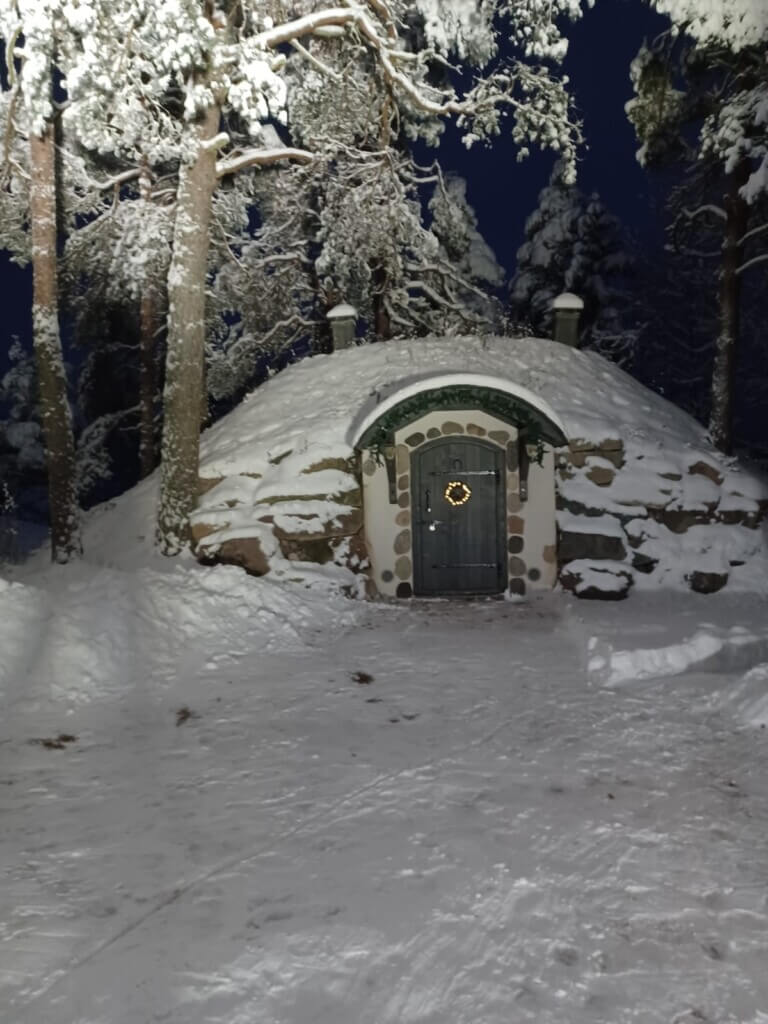
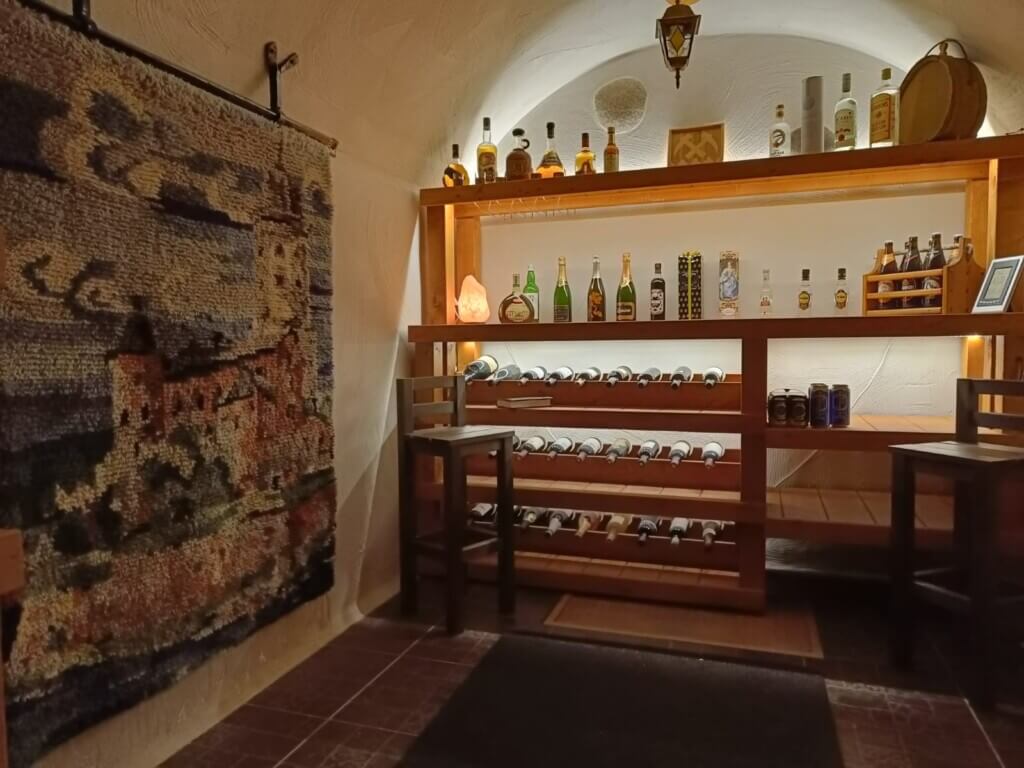
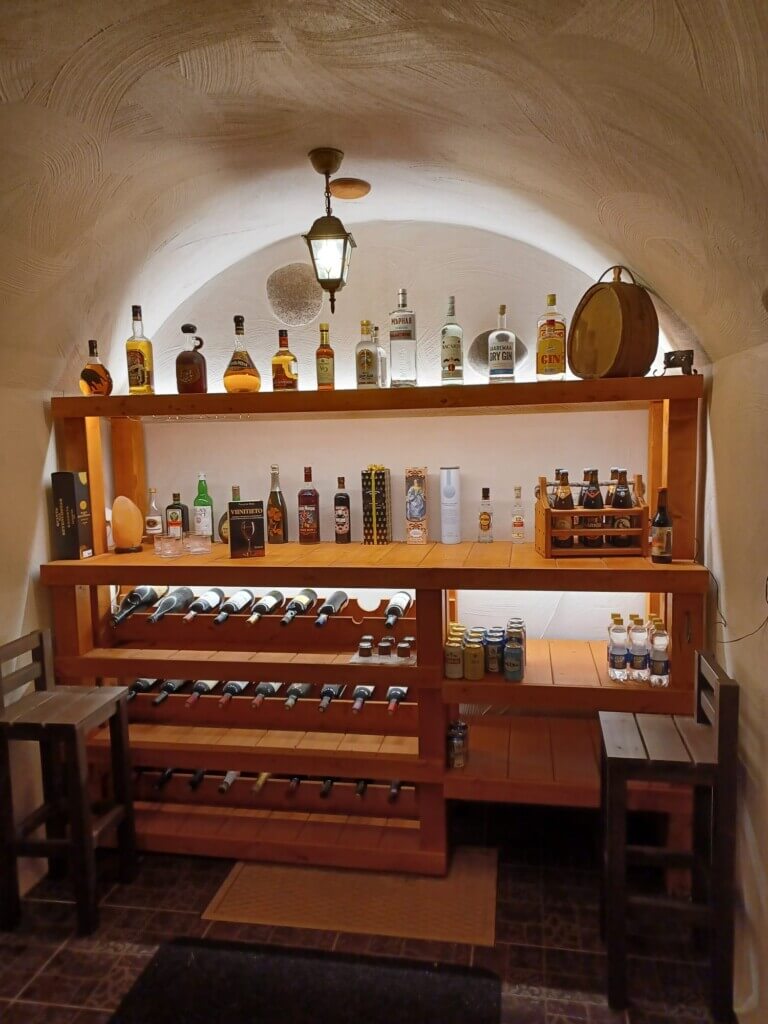
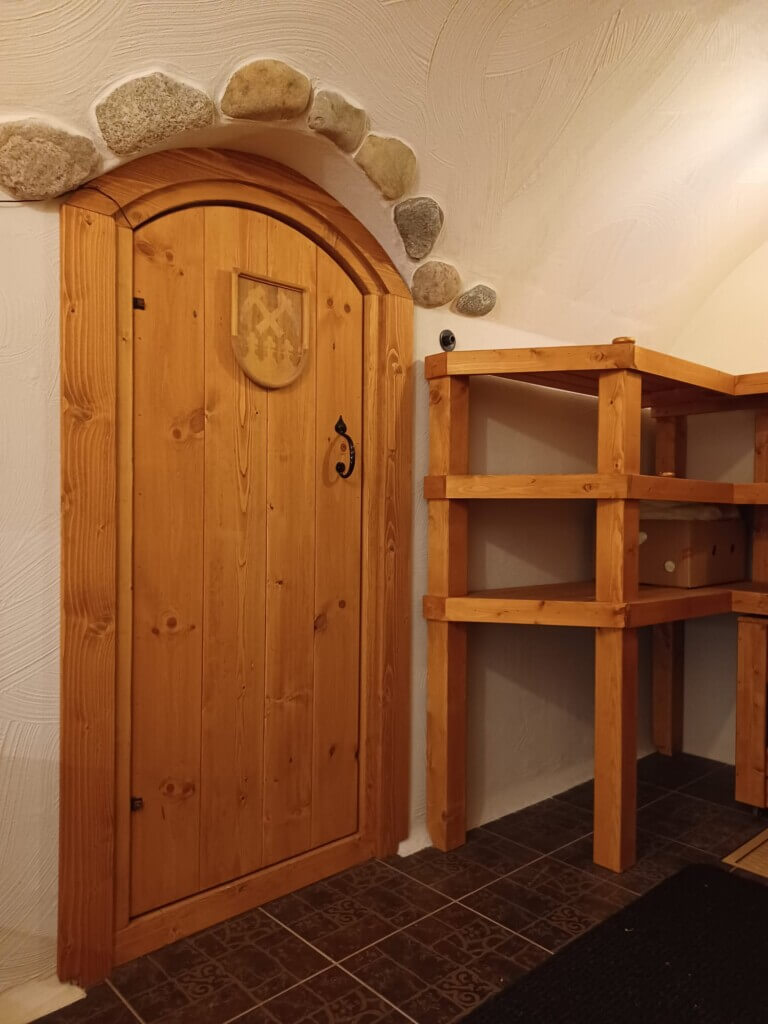
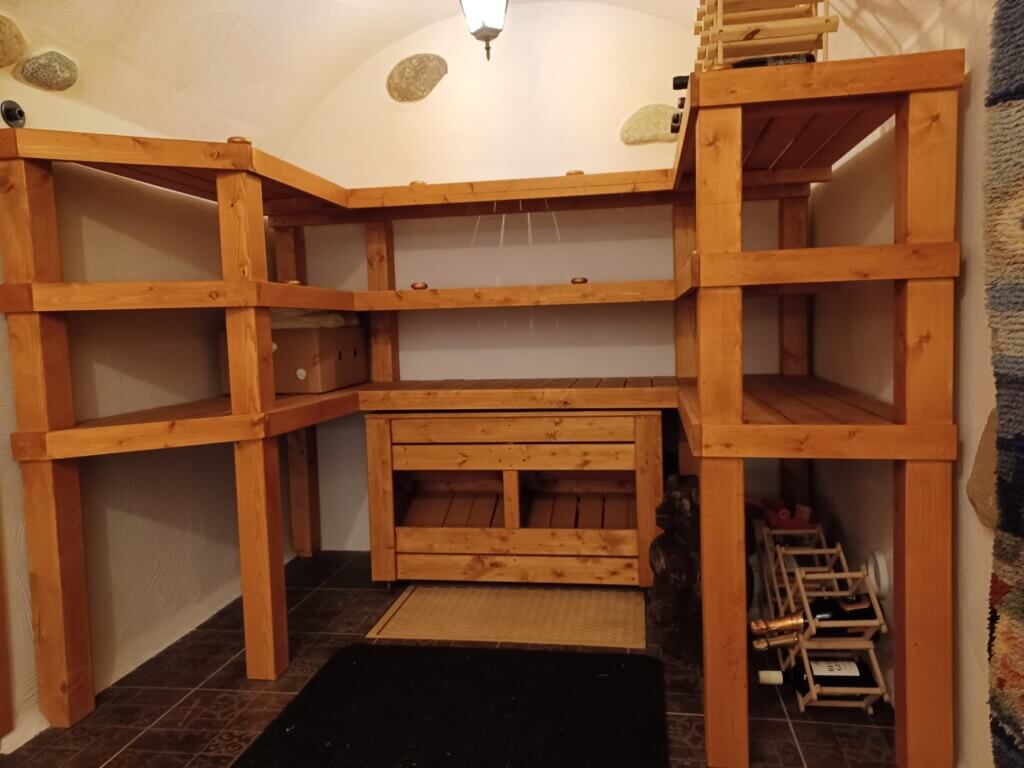
Of course, it must be taken into consideration that since the measurements were taken manually and every day, it is practically equivalent to using the cellar on a daily basis. As a result, the air inside the cellar and the weather outside were constantly mixing with each other, and the summer temperatures were therefore higher and the winter temperatures lower.
However, the average person visits their cellar 2-3 times a week. Therefore, it can be concluded that winter temperatures would have been 2-5 degrees warmer and summer temperatures 2-5 degrees cooler with normal use.
More precisely, from the measurement results:
Blue indicates the percentage of relative humidity in the cellar
Red indicates the temperature in the cellar
Yellow indicates the relative humidity percentage outdoors
Green indicates the temperature outside
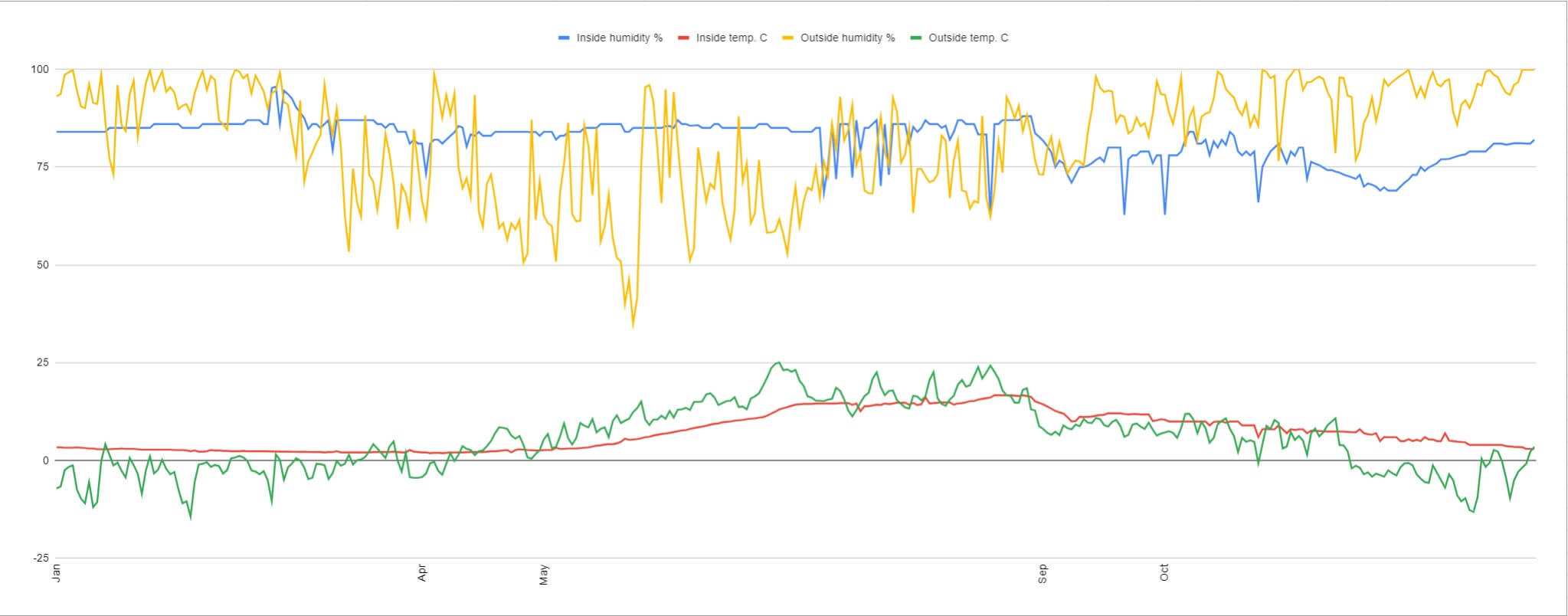
The bigger picture of the graph here!
From the results, it can be concluded that the temperature in this cellar was very stable throughout the year. The average annual temperature was 7.2 degrees. The average summer temperature was 13.9 degrees, the average autumn temperature was 7.6 degrees, the average winter temperature was 2.7 degrees, and the average spring temperature was 4.4 degrees.
The coldest was 2.2 degrees, when it was -14.3 degrees outside. The warmest temperature was 16.6 degrees when the cellar door was 24.3 degrees.
The relative humidity level in the cellar was also stable. The only drastic changes were when the door was left open at night during the months of July and September to ventilate and cool down the cellar. The annual average humidity level in the cellar was 82.1%. The highest humidity level in the cellar was 95.2%, and the lowest momentary was 63%.
Stable temperature and humidity are the most important factors for storage. The high humidity is what keeps the carrots crunchy and the low temperature ensures that they last a long time.
Here is also a useful table of the most popular products to store in the cellar and their preferred conditions:
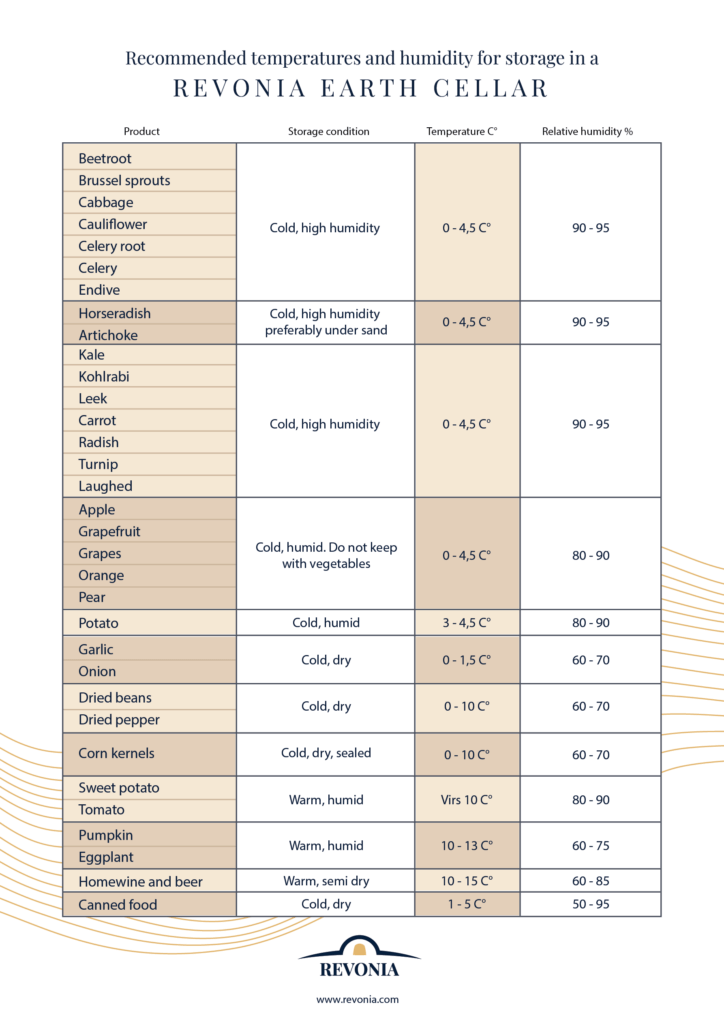
PS! In addition, those interested can visit this cellar in Finland with advance notice! 🙂
